Inspired by the escapist maze-like qualities of historic Dutch artist M.C. Escher, Maze Hotel by Space 10 is all about flipping the hospitality experience.
Inspired by the work of famed Dutch graphic artist M.C. Escher, the Maze Hotel in the north-eastern province of Guangxi in Southern China was designed by a local firm, Studio 10, to break the traditional hospitality typology. During the initial research and discovery period, design director Shi Zhou came to understand that modern tourism is primarily about escaping reality.
He explains: “People go on holidays and trips to alter their reality, and we wanted to really experiment with the boundaries of this concept.” This characterisation formed the basis of the design concept, inspired by the ultimate anti-reality master, M.C. Escher.
As part of the project, Studio 10 renovated the existing rooms using Escher’s work as a reference point. The design team sought to create a “mysterious, infinite and impossible space,” says Zhou, “that accommodated a host of optical illusions.”
A forest green colour scheme was selected within ‘maze’ themed spaces, while ‘dream’ themed rooms are rendered with a pale pink and white colour palette that lends the project a fresh and serene quality. Throughout, lighting fixtures and electronic appliances are hidden behind a series of black-painted doors. This serves to conceal the light source for a clean design aesthetic, and add mystery and ambiguity to the interior.
We think you would also like our interview with Oki Sato about his exhibition design for M.C. Escher. And get more design inspiration with our weekly newsletter.
INDESIGN is on instagram
Follow @indesignlive
A searchable and comprehensive guide for specifying leading products and their suppliers
Keep up to date with the latest and greatest from our industry BFF's!
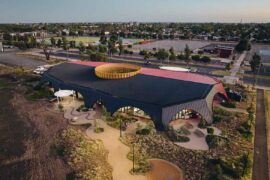
At the Munarra Centre for Regional Excellence on Yorta Yorta Country in Victoria, ARM Architecture and Milliken use PrintWorks™ technology to translate First Nations narratives into a layered, community-led floorscape.
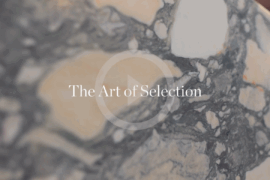
CDK Stone’s Natasha Stengos takes us through its Alexandria Selection Centre, where stone choice becomes a sensory experience – from curated spaces, crafted details and a colour-organised selection floor.
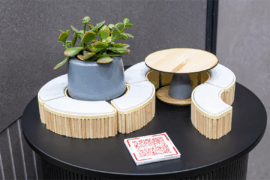
From the spark of an idea on the page to the launch of new pieces in a showroom is a journey every aspiring industrial and furnishing designer imagines making.

In an industry where design intent is often diluted by value management and procurement pressures, Klaro Industrial Design positions manufacturing as a creative ally – allowing commercial interior designers to deliver unique pieces aligned to the project’s original vision.
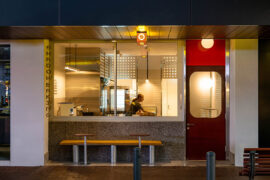
Working within a narrow, linear tenancy, Sans Arc has reconfigured the traditional circulation pathway, giving customers a front row seat to the theatre of Shadow Baking.
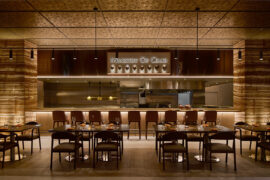
After more than two decades at Architects EAT, Eid Goh launches AIR, a new Melbourne-based studio focused on adaptive reuse, hospitality and human-centred design across commercial and civic projects.
The internet never sleeps! Here's the stuff you might have missed

At the National Wool Museum, a new exhibition traces the evolution of Godfrey Hirst and its long-standing role in shaping Geelong’s industrial and design identity.
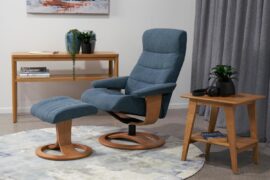
Your main seating can be a stylish centrepiece, not just a functional chair.

In an industry where design intent is often diluted by value management and procurement pressures, Klaro Industrial Design positions manufacturing as a creative ally – allowing commercial interior designers to deliver unique pieces aligned to the project’s original vision.

A thoughtful, low-waste redesign by PMG Group in collaboration with Goodman has transformed a dated office into a calm, contemporary workspace featuring a coastal-inspired palette and Milliken flooring for a refined finish.